
How to Use ZHIYU ZPB30A1P: Examples, Pinouts, and Specs
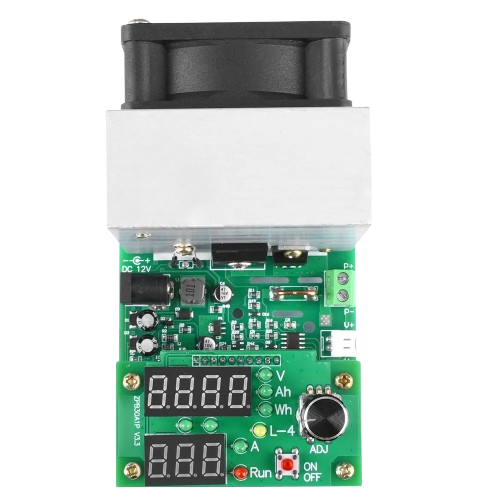
 Design with ZHIYU ZPB30A1P in Cirkit Designer
Design with ZHIYU ZPB30A1P in Cirkit DesignerIntroduction
The ZHIYU ZPB30A1P is a compact and efficient DC-DC buck converter module designed for step-down voltage regulation. It is capable of delivering a stable output voltage with adjustable settings, making it ideal for a wide range of electronic applications. This module is particularly useful in projects requiring precise voltage regulation, such as powering microcontrollers, sensors, and other low-voltage devices from higher voltage sources.
Explore Projects Built with ZHIYU ZPB30A1P
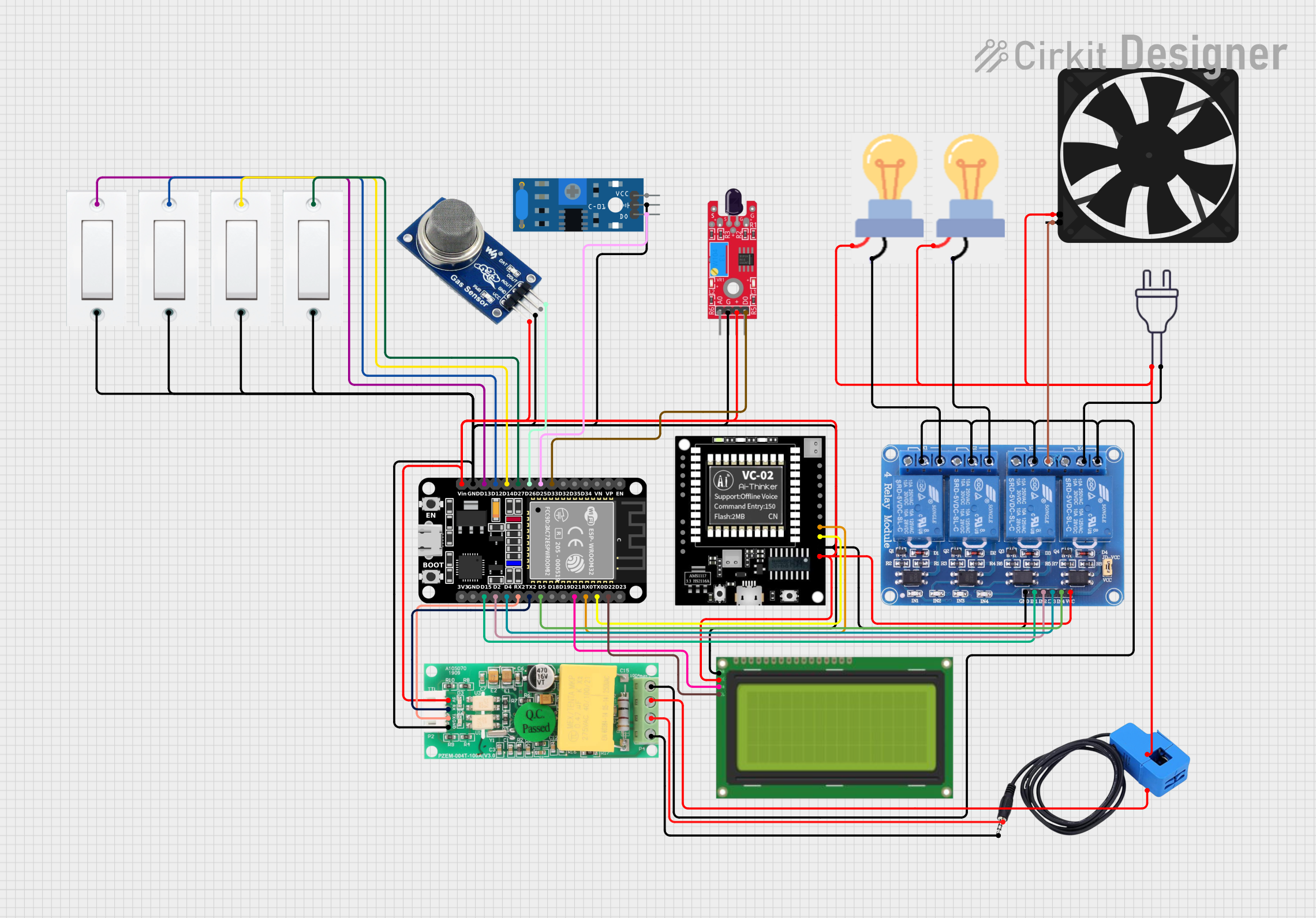
 Open Project in Cirkit Designer
Open Project in Cirkit Designer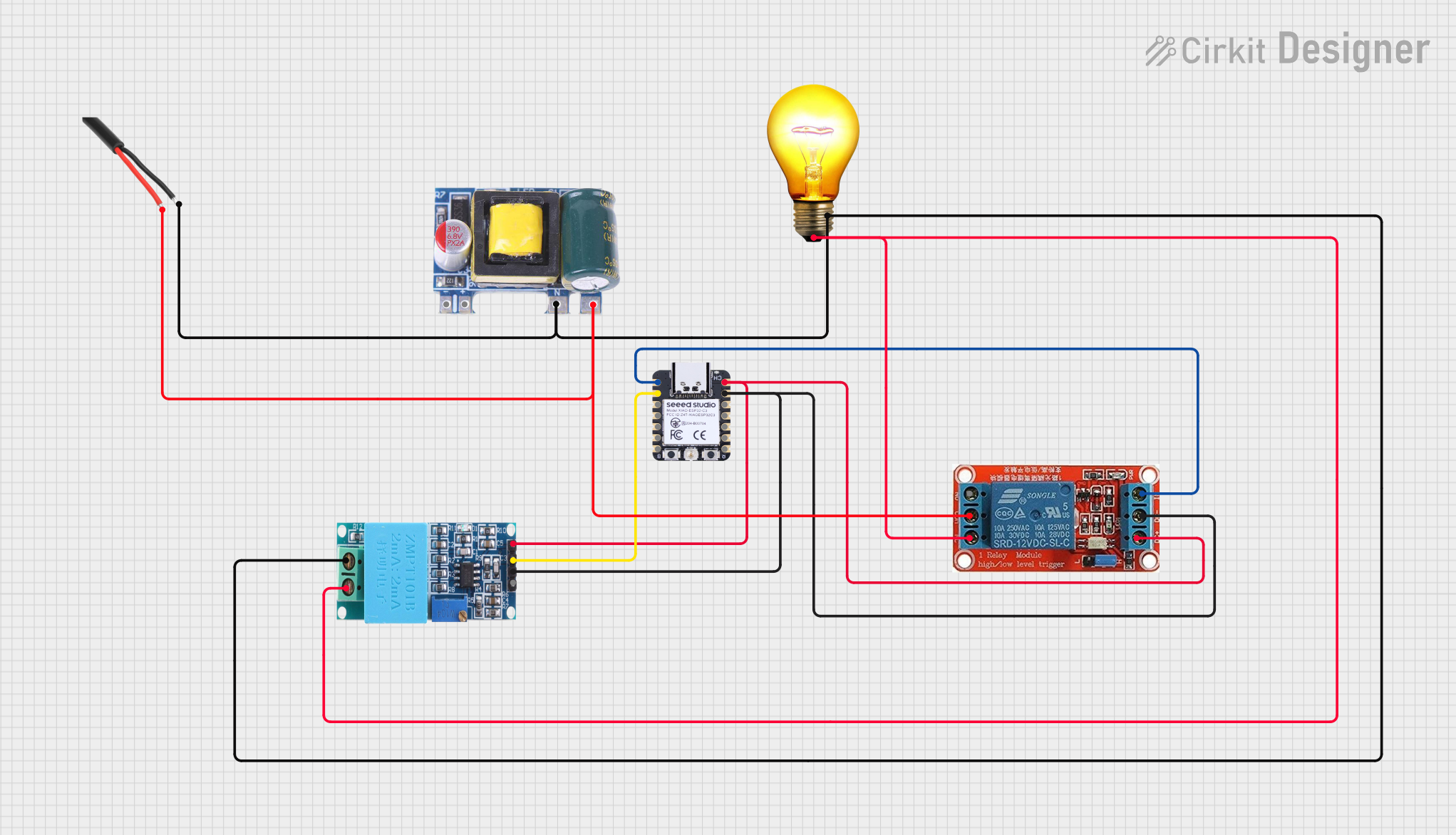
 Open Project in Cirkit Designer
Open Project in Cirkit Designer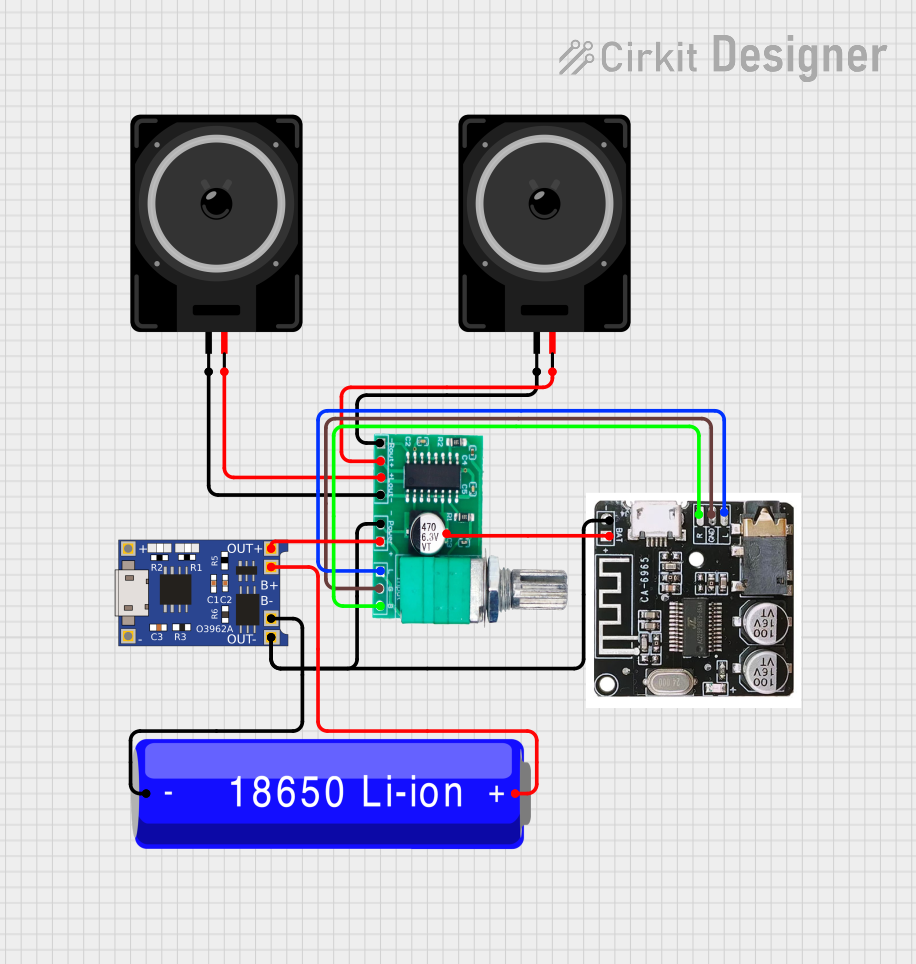
 Open Project in Cirkit Designer
Open Project in Cirkit Designer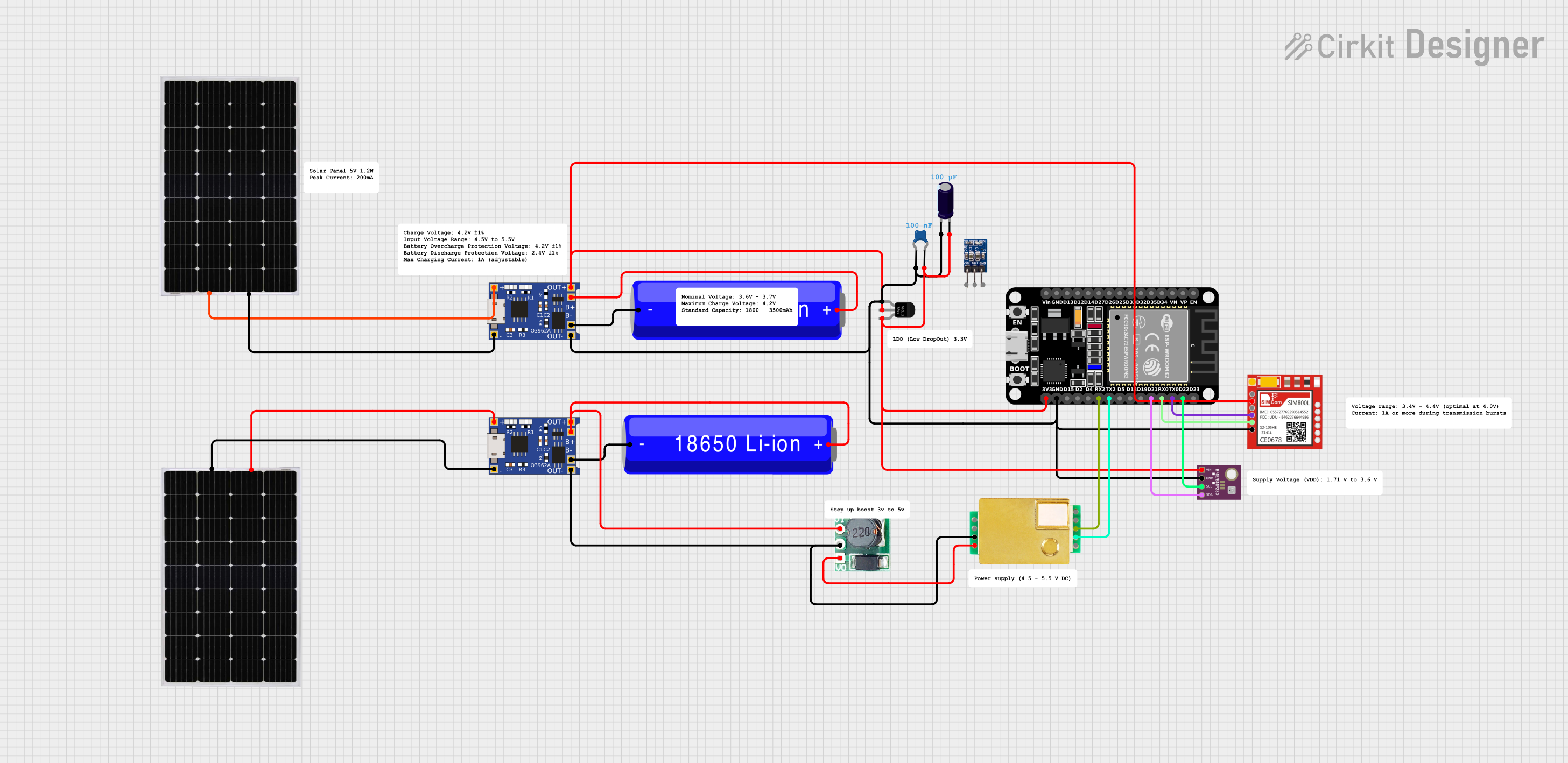
 Open Project in Cirkit Designer
Open Project in Cirkit DesignerExplore Projects Built with ZHIYU ZPB30A1P

 Open Project in Cirkit Designer
Open Project in Cirkit Designer
 Open Project in Cirkit Designer
Open Project in Cirkit Designer
 Open Project in Cirkit Designer
Open Project in Cirkit Designer
 Open Project in Cirkit Designer
Open Project in Cirkit DesignerCommon Applications and Use Cases
- Powering microcontrollers (e.g., Arduino, Raspberry Pi) from higher voltage sources
- Voltage regulation for battery-powered devices
- Driving low-voltage sensors and modules
- DIY electronics projects requiring adjustable voltage outputs
- Industrial and automotive applications for stable power delivery
Technical Specifications
The ZHIYU ZPB30A1P offers robust performance with the following key specifications:
| Parameter | Value |
|---|---|
| Input Voltage Range | 4.5V to 30V |
| Output Voltage Range | 0.8V to 29V (adjustable via potentiometer) |
| Maximum Output Current | 3A (with proper heat dissipation) |
| Efficiency | Up to 92% |
| Switching Frequency | 150 kHz |
| Operating Temperature | -40°C to +85°C |
| Dimensions | 22mm x 17mm x 4mm |
Pin Configuration and Descriptions
The ZHIYU ZPB30A1P module has four main pins for input and output connections:
| Pin Name | Description |
|---|---|
| VIN+ | Positive input voltage terminal (4.5V to 30V) |
| VIN- | Negative input voltage terminal (ground) |
| VOUT+ | Positive output voltage terminal (adjustable 0.8V-29V) |
| VOUT- | Negative output voltage terminal (ground) |
Usage Instructions
How to Use the ZHIYU ZPB30A1P in a Circuit
Connect the Input Voltage:
- Connect the VIN+ pin to the positive terminal of your power source (4.5V to 30V).
- Connect the VIN- pin to the ground terminal of your power source.
Connect the Output Voltage:
- Connect the VOUT+ pin to the positive terminal of the load (e.g., microcontroller, sensor).
- Connect the VOUT- pin to the ground terminal of the load.
Adjust the Output Voltage:
- Use the onboard potentiometer to adjust the output voltage.
- Turn the potentiometer clockwise to increase the output voltage and counterclockwise to decrease it.
- Use a multimeter to measure the output voltage while adjusting to ensure accuracy.
Ensure Proper Heat Dissipation:
- If the module is operating near its maximum current (3A), ensure adequate heat dissipation by attaching a heatsink or providing proper airflow.
Important Considerations and Best Practices
- Input Voltage Range: Ensure the input voltage is within the specified range (4.5V to 30V) to avoid damaging the module.
- Output Voltage Adjustment: Always measure the output voltage with a multimeter before connecting sensitive devices.
- Current Limitation: Do not exceed the maximum output current of 3A. Use a heatsink if operating at high currents for extended periods.
- Polarity: Double-check the polarity of the input and output connections to prevent damage to the module or connected devices.
Example: Using the ZHIYU ZPB30A1P with an Arduino UNO
The ZHIYU ZPB30A1P can be used to power an Arduino UNO from a 12V power source. Here's how to set it up:
- Connect the 12V power source to the VIN+ and VIN- pins of the module.
- Adjust the output voltage to 5V using the potentiometer.
- Connect the VOUT+ pin to the Arduino's 5V pin and the VOUT- pin to the Arduino's GND pin.
Sample Arduino Code
Below is an example code to blink an LED connected to the Arduino UNO, powered by the ZHIYU ZPB30A1P:
// This code blinks an LED connected to pin 13 of the Arduino UNO.
// Ensure the ZHIYU ZPB30A1P is set to output 5V to power the Arduino.
void setup() {
pinMode(13, OUTPUT); // Set pin 13 as an output pin
}
void loop() {
digitalWrite(13, HIGH); // Turn the LED on
delay(1000); // Wait for 1 second
digitalWrite(13, LOW); // Turn the LED off
delay(1000); // Wait for 1 second
}
Troubleshooting and FAQs
Common Issues and Solutions
No Output Voltage:
- Cause: Input voltage is not connected or is below 4.5V.
- Solution: Verify the input voltage and connections.
Output Voltage Not Adjustable:
- Cause: Potentiometer is damaged or not functioning.
- Solution: Check the potentiometer for physical damage and replace if necessary.
Overheating:
- Cause: Module is operating at high current without proper heat dissipation.
- Solution: Attach a heatsink or improve airflow around the module.
Connected Device Not Powering On:
- Cause: Output voltage is not set correctly.
- Solution: Measure and adjust the output voltage to match the device's requirements.
FAQs
Q: Can the ZHIYU ZPB30A1P be used to charge batteries?
A: Yes, but ensure the output voltage is set to the appropriate charging voltage for the battery type, and use additional circuitry to manage charging current and prevent overcharging.
Q: What is the efficiency of the module at low loads?
A: The efficiency is typically lower at very low loads but can reach up to 92% at optimal load conditions.
Q: Can I use this module with a 24V input to power a 5V device?
A: Yes, the module can step down 24V to 5V. Ensure the output voltage is adjusted correctly before connecting the device.
Q: Is the module protected against reverse polarity?
A: No, the ZHIYU ZPB30A1P does not have built-in reverse polarity protection. Always double-check connections before powering the module.